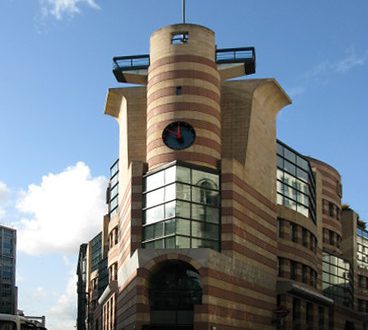South West Maritime Archaeological Group (SWMAG) have sent us some of the first pictures of the remarkable finds recovered from the site of Britain’s oldest shipwreck – a 3,000 year old Bronze Age trading vessel that sunk off the coast of Devonshire in southwest England around 900 BC. We blogged about its discovery on Tuesday.
The wreck was located in just a few metres of water at the bottom of Wash Gully near Salcombe. When it went down, the boat was on its way back from the continent with a precious cargo of tin and copper ingots – key raw metals in the Bronze Age – as well as a number of other items including weapons and pieces of jewellery. While the remains of the boat itself have been eroded away altogether over the centuries, many of the artefacts have survived and been collected by SWMAG divers.
295 items – weighing a total of 84 kilograms – have been recovered altogether, and many more are expect to be located yet. The most impressive pieces are two gold torcs or bracelets, one of which can be seen glistening on the seabed in an underwater photograph. Another is a Ewart-Park Leaf Sword, an armament typical of the Late Bronze Age Ewart-Park industrial phase (named after a founders hoard discovered in a park in Northumberland).
It’s the ingots that have really got archaeologists excited, however. These lumps of copper and tin, discoloured by the saltwater and coated in barnacles and other crustaceans after three millennia at the bottom of the English Channel, might not be much to look at, but their significance can’t be underestimated.
Analysis of just two of the copper ingots has indicated that they are absolutely typical of the Late Bronze Age, and drawn from a variety of sources, none of which are necessarily British. They therefore testify to the substantial trade that took place between Britain and Europe, and a network that fanned out through France as far as the Iberian Peninsula, Germany, Austria and Switzerland.
Almost five times as many artefacts have been recovered from this vessel as from the site of the second largest Bronze Age shipwreck found in British waters, also at Salcombe, where just 53 pieces were picked up. As more of these finds are analysed, a much clearer picture of this European trade network is expected to emerge.




